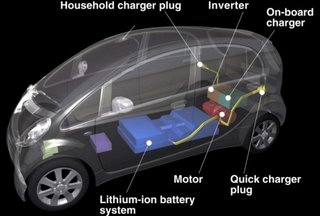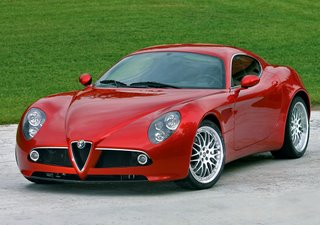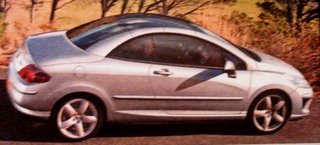First, this article is strictly Europe-related. Hyundai has installed a design and development centre in Europe (Russelnheim-Germany), hired people from local car companies and let them loose with a strategy to attack the European market. The most visible part of their work is only now arriving to the market in the shape of the new Kia Ceed, but some concept cars have also been presented. And these concept cars are nothing short of amazing.
The professional (Not!) collage shows a series of Hyundai-Kia concepts, but also some of the production models that resulted. Unfortunately, the production models are rather generic and dull, typical of Korean products. Why oh why?! Sometimes, while approving a final design, product managers need the courage to rely on their judgment (and on the designer´s vision). For example, one of the most noticeable features of the concepts is the high shoulder line (that means a smaller window area). This feature is typical of many European products, but it is bound to attract criticism in consumer clinics. People usually bitch about lower visibility and sense of space, and very often designs get compromised because of that. It just seems to be the case with the Kia Ceed and Hyundai Arnejs. The people at Hyundai-Europe need to be a bit more confident in their capabilities.
And that confidence would be well earned. Because with such designs as the Arnejs and Genus, the new 1.6-litre Common-Rail diesel engine, the respected quality and reliability of Hyundai models and hopefully some Euro-class suspension design, Hyundai would have all what is needed to have a strong position in the European market.
.

The professional (Not!) collage shows a series of Hyundai-Kia concepts, but also some of the production models that resulted. Unfortunately, the production models are rather generic and dull, typical of Korean products. Why oh why?! Sometimes, while approving a final design, product managers need the courage to rely on their judgment (and on the designer´s vision). For example, one of the most noticeable features of the concepts is the high shoulder line (that means a smaller window area). This feature is typical of many European products, but it is bound to attract criticism in consumer clinics. People usually bitch about lower visibility and sense of space, and very often designs get compromised because of that. It just seems to be the case with the Kia Ceed and Hyundai Arnejs. The people at Hyundai-Europe need to be a bit more confident in their capabilities.
And that confidence would be well earned. Because with such designs as the Arnejs and Genus, the new 1.6-litre Common-Rail diesel engine, the respected quality and reliability of Hyundai models and hopefully some Euro-class suspension design, Hyundai would have all what is needed to have a strong position in the European market.
.













